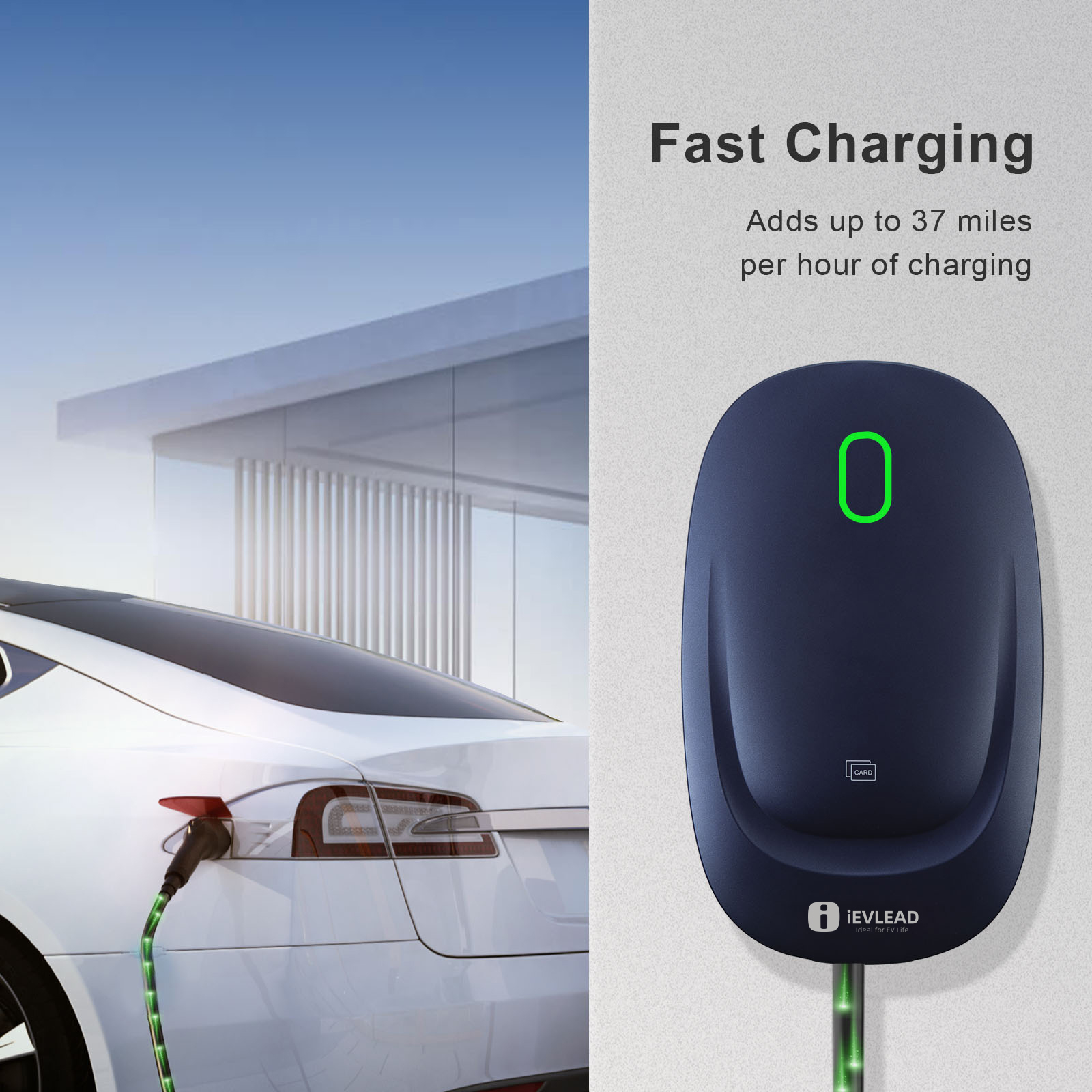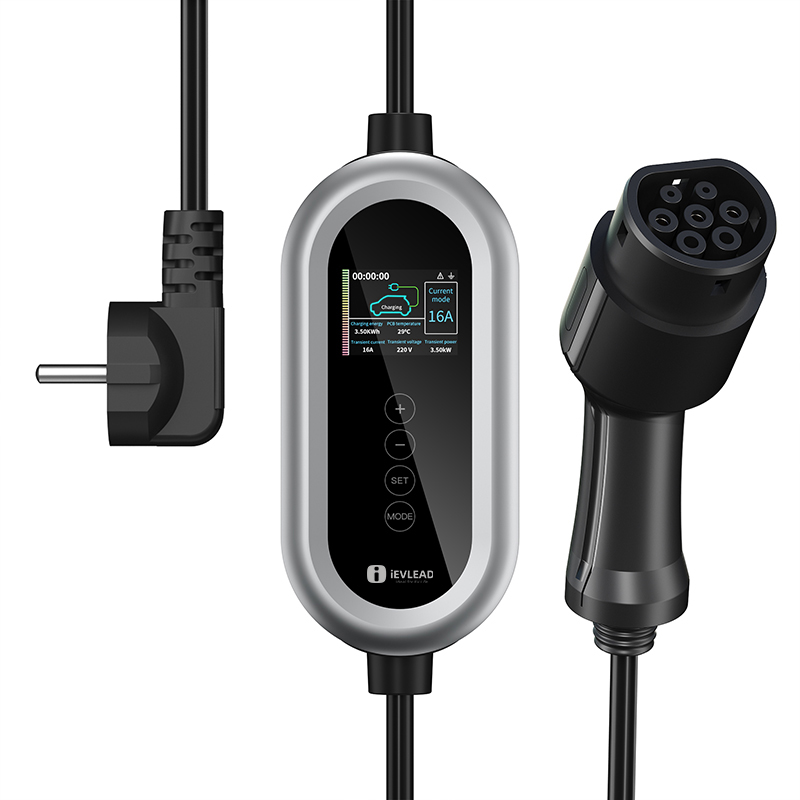When Juice Americas launched its portable two-in-one EV charger, the J+ BOOSTER 2, in North America, Electrek was invited to review it. Here’s how it went.
January 23, 2024, update: J+ Americas has launched a revamped e-commerce website, jplusbooster.com, on the Shopify platform. The company has expanded its payment options to Shop Pay by Shopify, Paypal, GPay by Google, and Venmo. 3KW

J+ Americas is offering a 10% discount on all orders with the code “BOOST2024” and offering free shipping for orders over $50 until February 15.
July 6, 2023, update: The J+ BOOSTER 2 set is now available on Walmart’s website, as well as on Amazon.
December 27, 2022: Juice Americas is the US subsidiary of Swiss-based Juice Technology AG. The St. Petersburg, Florida-based Juice Americas sent me the J+ BOOSTER 2 set, which included a cloth-covered bag with velcro on the bottom so that it doesn’t slide around in the trunk; the J+ BOOSTER 2 with an SAE J1772 vehicle connector; and NEMA 14-50 and 5-15 adapters.
It also comes with a wall bracket, and that’s why the company calls it a two-in-one: It can be used as both a wall charger and a portable charger.
Michael Boehm, managing director of Juice Americas, said in a video call:
In the US, people like wall chargers at home. Ours is just as fast if not faster, plus it has the added value of portability. We like to call it a portable wall charger. It’s basically a 2-in-1. Because most portable chargers are not really designed to be everyday chargers.
The following NEMA adapters are available for purchase: 6-20, TT-30, 6-15, 6-50, 5-20, and 5-15.
The company is also now offering the 120-240 VAC, 40A heavy-duty cable in an extended 25-foot length option (list price $679) in addition to its original 21-foot length option (list price $549).
The 2.2-pound (1 kg) BOOSTER 2 is IP67 water and dust-proof, and its aluminum housing is UV resistant, so it’s safe for outdoor use. It can withstand 6,600 pounds of pressure if you accidentally run over it with your car.
And the J+ BOOSTER 2 is compatible with any EV, including Teslas, if you use Tesla’s J1772 adapter.
The BOOSTER 2’s power input options cover all supply current variants, either 120V or 240V and from 6 to 40 amps. The unit delivers a charging power ranging from 720 W to 9.6 kW. In my garage is a NEMA 6-50 outlet with a 30 amp breaker (I didn’t install it) and a standard 5-15 outlet.
If I charge my 2021 Tesla Model 3 with Tesla’s portable EV charger, for which I have adapters for both outlets, I just plug it in, and the car takes care of the rest. Tesla’s 6-50 adapter can handle a maximum 32 amp output.
When I plugged in the J+ BOOSTER 2 charger to charge my 2023 Volkswagen ID.4, it initially worked:
But the charger defaulted to 40 amp capability, tried to draw too much power, and eventually tripped the box.
The function display flashed a red LED “socket” fault indication. (Error messages are explained on page 15 of the product’s manual.) I unplugged the BOOSTER 2 to reset the charger.
The solution was to manually change the amperage by pressing the select button on the function display. I set it for 24 amps, and it now charges my VW ID.4 without tripping the box.
If I’d read the manual more carefully, I would have avoided this glitch. The Swiss are considering including a quick start guide for North America, which would be great for those of us who are a wee bit impatient.
Know your amperage and set the charger accordingly.
If you already have a Level 2 EV wall charger and a portable EV charger that can charge at both Level 1 and Level 2, along with necessary adapters, then you probably don’t need a J+ BOOSTER 2.
If your utility offers special EV charging rates if you use their wall charger, then the BOOSTER 2 might not be your best option for everyday charging.
But if you are a new EV owner, and your car doesn’t come with a portable EV charger, and you haven’t yet installed an EV wall charger and won’t get special charging rates from your utility, then the BOOSTER 2 is a great option.
You don’t need to pay an electrician to install it, and you only need to buy one charger, so it’s cost-effective.
Hang it on the wall bracket to charge up at home, and take it with you when you travel.
As a two-EV household, this is a great option, as it’s versatile, reliable, and portable.
It is a head scratcher why other companies still cannot match the simplicity, functionality, and price Tesla offers for its mobile charger. Simple pull and plug dongles for every requirement, automatic amperage switching, long cord, lightweight and small, why is it so difficult to just make one of those with a J1772 plug for $200?
(Editor’s note: Product links are affiliate links.)
If you’re an electric vehicle owner, charge up your car at home with rooftop solar panels. To make sure you find a trusted, reliable solar installer near you that offers competitive pricing on solar, check out EnergySage, a free service that makes it easy for you to go solar. They have hundreds of pre-vetted solar installers competing for your business, ensuring you get high quality solutions and save 20-30% compared to going it alone. Plus, it’s free to use and you won’t get sales calls until you select an installer and share your phone number with them.
Your personalized solar quotes are easy to compare online and you’ll get access to unbiased Energy Advisers to help you every step of the way. Get started here. –ad*
FTC: We use income earning auto affiliate links. More.
Subscribe to Electrek on YouTube for exclusive videos and subscribe to the podcast.
Michelle Lewis is a writer and editor on Electrek and an editor on DroneDJ, 9to5Mac, and 9to5Google. She lives in White River Junction, Vermont. She has previously worked for Fast Company, the Guardian, News Deeply, Time, and others. Message Michelle on Twitter or at michelle@9to5mac.com. Check out her personal blog.
Light, durable, quick: I'll never go back.

Ev Dc Charger Because I don't want to wait for the best of British TV.